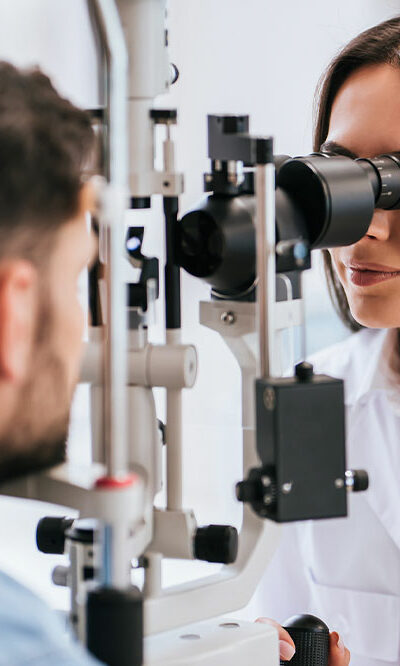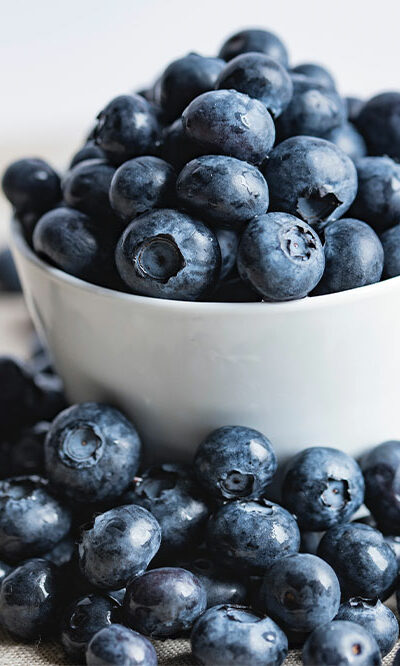
14 Human Foods That Cats Can Safely Enjoy
Caring for your cat is not only about grooming them or spending time with them. It also involves providing them with proper nutrition for better health. You will be glad to hear that your pet cat can safely enjoy selected foods from your plate. But remember that cats are carnivorous animals, so 50% of their meals should be animal protein. Here is a list of human foods that are safe and suitable for cats. Apples Apples have fiber, vitamins, and even water to keep cats hydrated. While you can safely feed them apples in moderate quantities, ensure to remove the skin, stem, and seeds, as they contain tiny amounts of cyanide, which is toxic to cats. Meat Cats are carnivores, so you can feed them any type of meat, such as beef, turkey, and chicken. Meat is a good source of protein, necessary for a healthy heart, eyesight, and reproductive system. Ensure the meat is thoroughly cooked without sauces or seasonings. The skin and bones should also be removed before feeding. The best methods to cook meat for feline consumption are boiling, grilling, or baking. Fish Most cats love fish because they taste and smell good, but every pet’s preference can differ. If you are confused bout choosing a particular variety of fish, go for tuna and salmon. These are good sources of omega-3 fatty acids that can reduce inflammation in felines and improve vision and joint health. But serving raw fish to cats is not a good idea; give them cooked or canned fish. Whole grains Cats can safely enjoy whole grains like oatmeal, brown rice, barley, cornmeal, and millet. These grains have plant-based proteins and fiber and are easier to digest than processed grains like corn, wheat, and soy. Whole grains benefit a cat’s overall health as long as they are well-cooked and fed in limited quantities.










